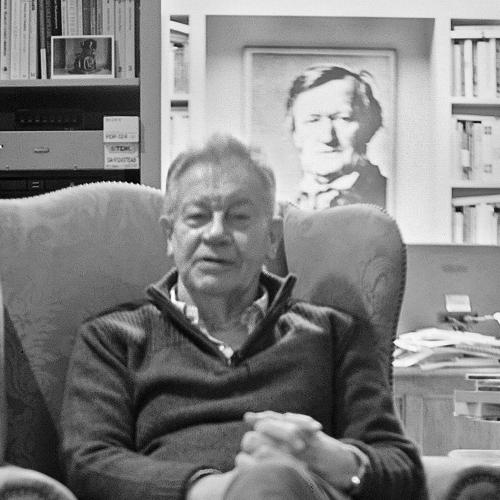COMPOSERS: Milhaud,Mozart,Ravel,Shostakovich
LABELS: Dynamic
ALBUM TITLE: Works for two Pianos: Mozart, Shostakovich, Milhaud, Ravel
WORKS: Mozart: Sonata in D major, K448; Shostakovich: Concertino in A minor, Op. 94; Rachmainov: Suite No. 1, Op. 5; Milhaud: Scaramouche; Ravel: La valse
PERFORMER: Martha Argerich, Gabriele Baldocci (pianos)
CATALOGUE NO: CDS7663
This is a gloriously joyful disc, recorded live in Livorno, Italy. It’s of the kind that used to appear annually on EMI, recorded at Lugano where Martha Argerich meets her friends and makes music with them. Gabriele Baldocci, who now lives and teaches in London, is a protégé of Argerich’s and the pleasure they take in making music together is evident in every bar of the music on this CD, the first of a projected series.
Mozart’s Sonata in D major, K448, the first work here, is on a large scale and would certainly be as well known as the finest of Mozart’s solo Piano Sonatas and the Concertos if it hadn’t been written for a combination that seems to discourage performance. Argerich and Baldocci immediately show that they believe in playing Mozart on a grand scale, on a couple of Yamaha pianos which serve just as well for the four 20th-century works that follow. The most familiar of them is Milhaud’s Scaramouche, probably the most often performed of his many hundreds of works. Ravel’s own version for two pianos of La valse is given an intoxicatingly sleazy rendering, though it slightly loses momentum at the end; I think I find it even more effective on one or two pianos than in its orchestral version.
Both the Shostakovich and the Rachmaninov works should be more familiar than they are. The Shostakovich, dating from 1953, is comparatively light-hearted, though much of it is slow. The Rachmaninov Suite is in four movements, with programmatic titles such as ‘La nuit... l’amour’, ending with Easter bells pealing. It will be surprising if these invigorating renderings don’t put them more firmly on the map.
Dynamic can be relied on for the best possible piano sound, and this disc is in all respects a winner.
Michael Tanner
